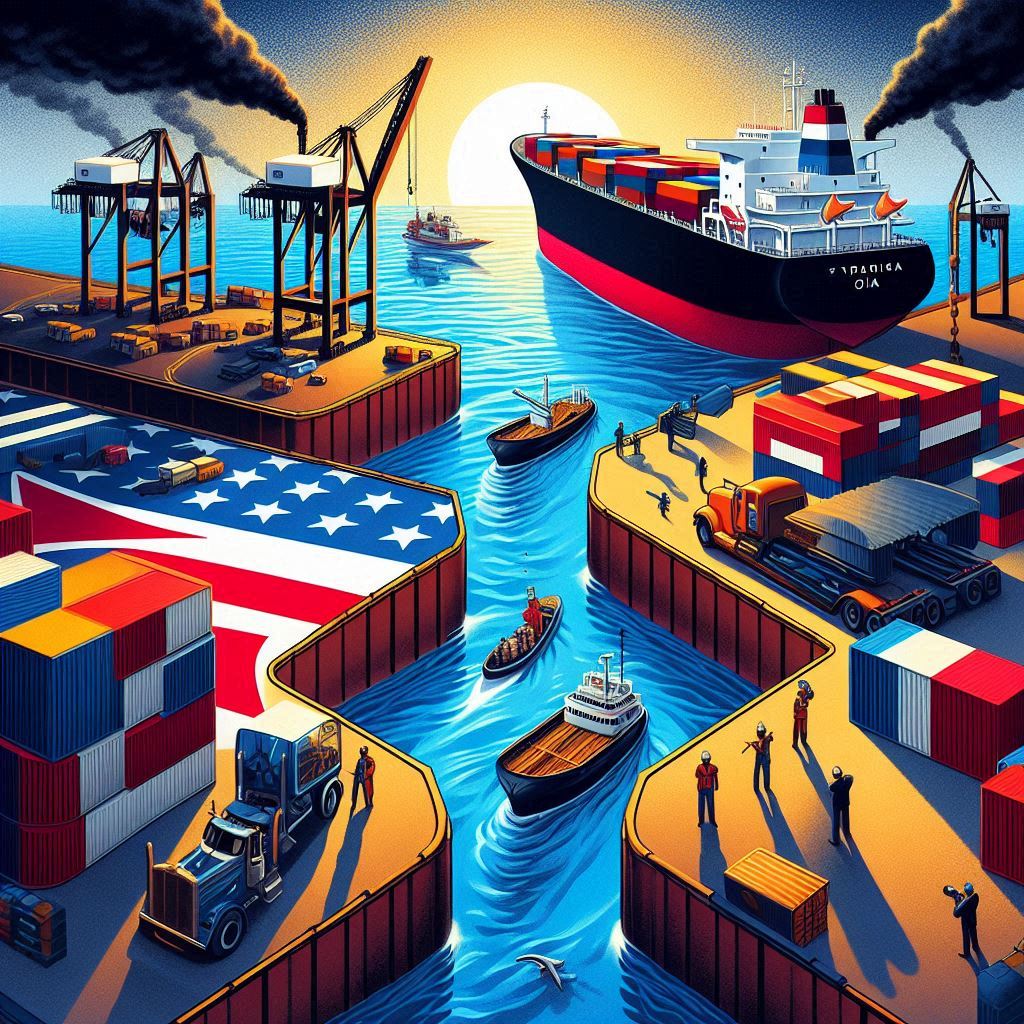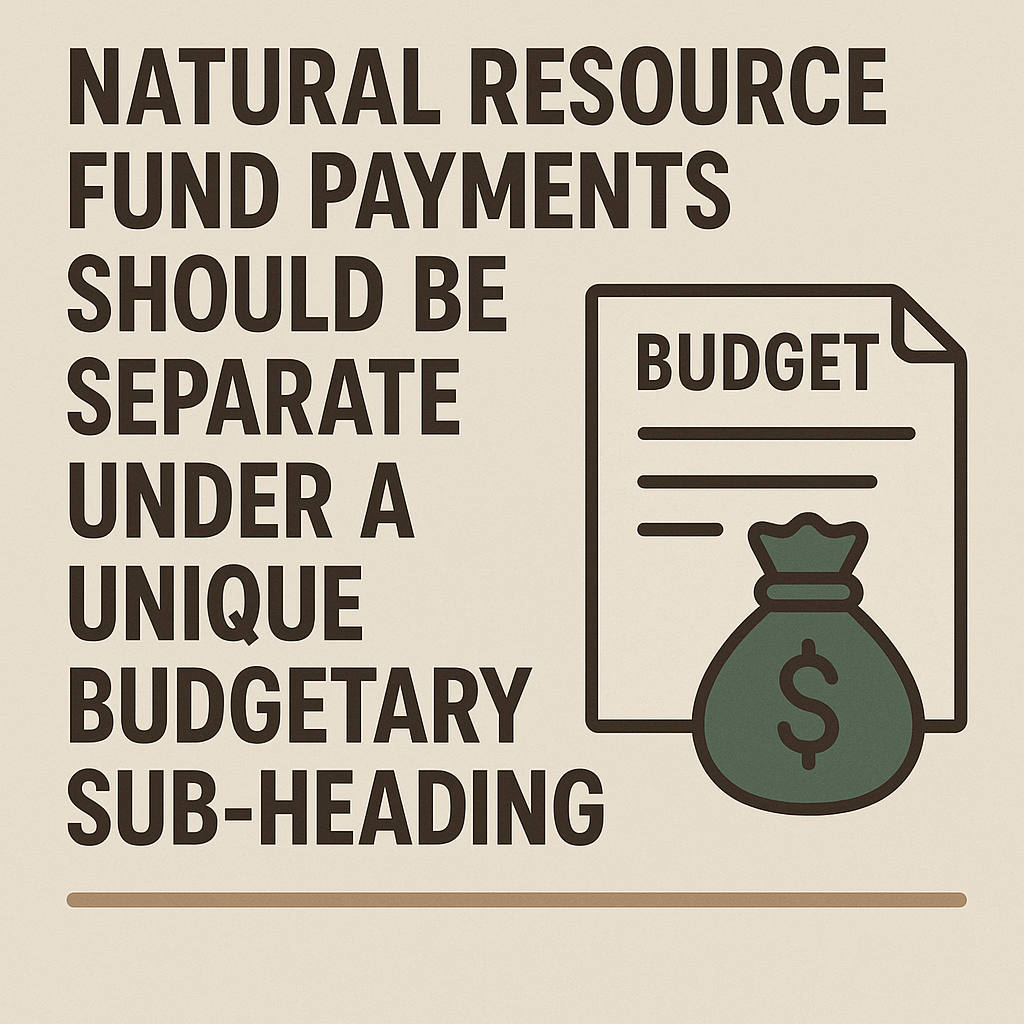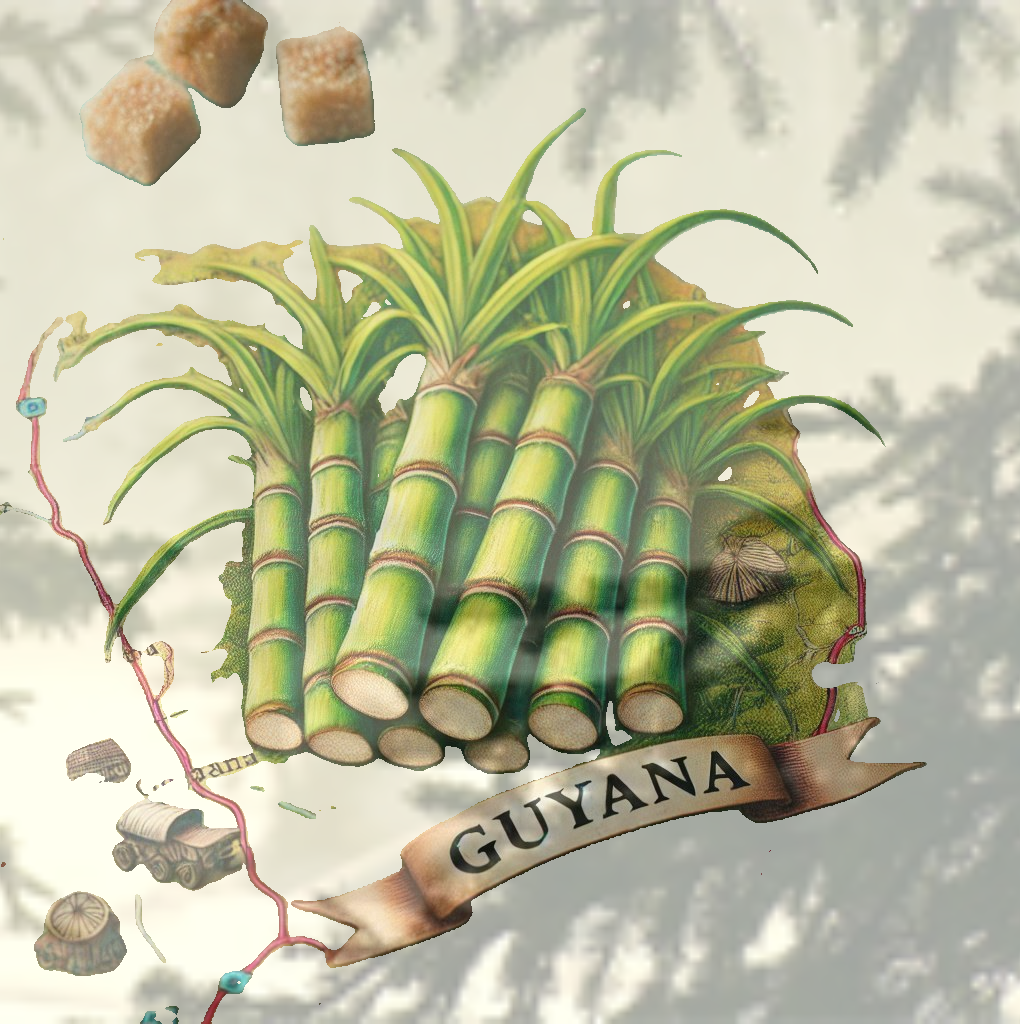The Joshua Luke article in SN 2022-05-19 is a crude attempt to link money supply and the Government spending. There are also Consumer spending and Private Investment spending that together influence the inflation rate. It is a leap to just one of the three types of spending, namely Government to inflation: Quote: ‘The money supply increased by GYD70 Billion. From March 2021’; ‘The money put into the 2022 budget for spending by the government is 54% greater than it was in the 2021 budget’.
Money supply and money put into the budget are two different concepts. Money Supply is taken from the banking system balance sheets. The planned spending in the budget is measured in the National Accounts, where the three types of spending, Consumer, Investment, and Government percolate through the economy to influence inflation. For Luke’s analysis to hold, the real ‘quantity’ of spending must be constant for money supply expansion to be proportional to price level inflation, just as spending on bread is proportional to the quantity of bread purchased. The three types of spending are not constant quantities.
The money supply expansion grows in tandem with the amount of spending occurring in the economy. Total spending reflects the domestic demand for goods also equals the national income. Guyana’s incomes are rising rapidly in the oil economy as reflected in its oil production, exports, the accumulated National Resource Fund, and its transfers to the National Budget. An increase in Total Spending reflects higher demand for goods and services will cause prices to increase. The money supply adjusts passively to accommodate higher spending by consumers, private investors, and the Government.
These three accounts could be in balance. Income should equal spending. If one account is spending beyond its means that could be offset by the other two. If Consumers accounts are in deficit, they would have to borrow money from banks to cover the gap. The banks in turn would have to borrow from abroad to cover the portion of spending on foreign imported goods. The Government sector was blessed with greater than expected revenue collections and Government saw it fit to reduce VAT on targeted commodities, machinery, fertilizer, agro chemicals… and medical supplies.. VAT collections is not a ‘Right’ Mr. Luke, it is Fiscal Policy. You would do well to AUDIT which entities are adding excessive markups on VAT-free items to raise the overall inflation rate and prices directly. A special study would be needed to track profiteering using VAT-free opportunities.
VAT reductions helps all sectors in the economy, especially production, agricultural yields, and peoples’ health. The Government sector spending for 2021 is summarized in the Bank of Guyana Annual Report. The other two types of spending by Consumers and Businesses would require further research using National Accounts data and analysis. On a National Accounts basis, for one of the three accounts overall Government deficit 6.8 percent of GDP was somewhat high, above the 3.5 percent for a normal single digit economic growth of 4 to 6 percent. The 6.8 percent Government sector share of spending was consistent with higher Capital Spending, in a flood prone country (BoG Annual Report, 2021, p. 29). The remaining 93.2 percent of spending by Consumers and Businesses should help explain rising prices.
The rising prices cannot be blamed on the passive adjustment of the National Money Supply to Government Spending alone. The shopper asked the baker why is my loaf of bread costing double? The baker politely told the shopper, go look in the mirror. Of course, the baker did not reflect on Covid effects last year as Mr. Luke didn’t and on the Ukraine War this year, 2022.
Sincerely,
Ganga P. Ramdas, PhD, MA, MS










